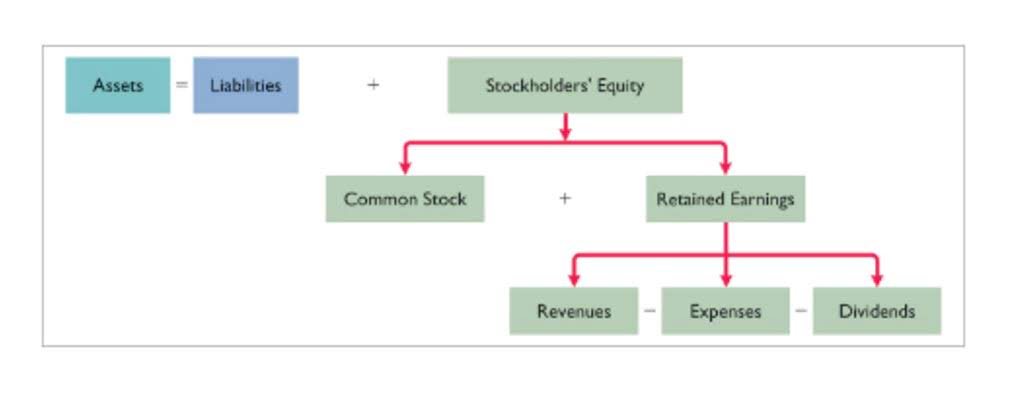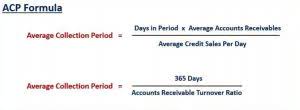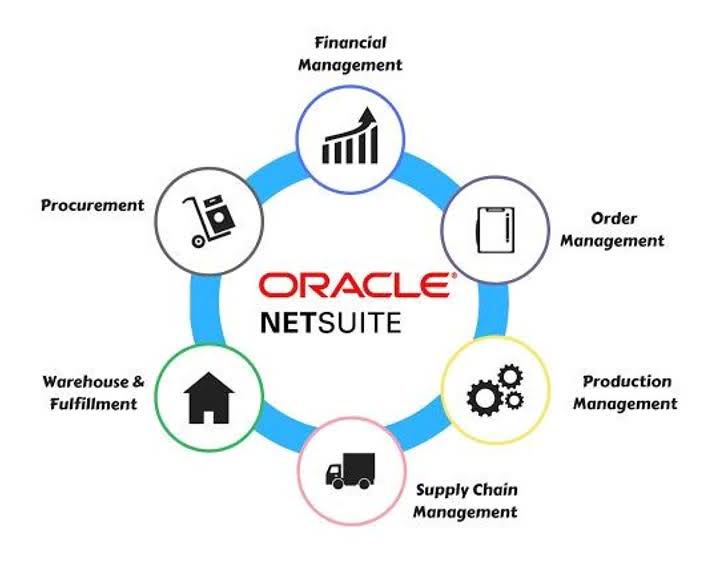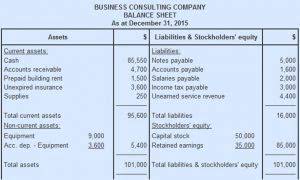Incremental Cost: How to Calculate the Additional Cost of an Action or Decision

Incremental cost is a crucial metric in managerial accounting, enabling businesses to analyze the financial impact of increasing or decreasing production levels. It measures the additional incremental cost cost incurred for producing one additional unit of a product. Yes, by analyzing incremental costs at different production levels, businesses can identify the most cost-efficient production volume to maximize profitability. For example, consider a company that produces a specific electronic device. To find the incremental cost of producing the 101st device, the company determines that it would incur an additional cost of $100 for raw materials and $50 for labor.
Grow Your Business With TranZact.

By carefully analyzing and managing incremental costs, businesses can optimize their production, pricing, and overall financial health. Understanding this relationship is essential for sustaining competitive advantage and achieving long-term success. At each level of production and during each time period, costs of production may increase or decrease, especially when the need arises to produce more or less volume of output. If manufacturing additional units requires hiring one or two additional workers and increases the purchase cost of raw materials, then a change in the overall production cost will result. This analysis https://www.bookstime.com/ is also critical for make-or-buy decisions, helping businesses compare the costs of in-house production with outsourcing.
- If the ICER falls in cell A, then the intervention dominates the control because it is more effective and less costly.
- Through incremental cost analysis, they assess the additional expenses of purchasing new hardware, software licenses, and training employees.
- The term incremental cost refers to the cost that the business incurs for producing an extra unit.
- Understanding incremental costs is figuring out how much more money you need to invest if you make an extra unit of your product or deliver an extra unit of services.
- It represents the change in total cost resulting from a specific change in output or input.
- Remember, incremental cost analysis empowers decision-makers to weigh the pros and cons of various choices.
Prime Costs vs. Conversion Costs: What’s the difference
It helps businesses and individuals make informed choices by considering the additional costs incurred and the potential benefits gained. Measuring incremental costs presents a unique set of challenges that can significantly impact a company’s financial analysis and decision-making processes. Incremental costs, by definition, refer to the additional costs incurred when a business decides to increase its level of output or activity. Unlike fixed costs, which remain constant regardless of production levels, incremental costs are variable and can fluctuate based on several factors.

Real-World Examples of Incremental Cost Analysis

In summary, understanding marginal cost empowers decision-makers to optimize production, pricing, and resource allocation. Whether you’re a business manager, economist, or curious learner, appreciating this concept enhances your ability to navigate complex economic landscapes. Once you have calculated the incremental cost in Excel, it is important to interpret the results to make informed decisions. This involves analyzing the incremental cost data and understanding its impact on decision-making. External factors, including fluctuating raw material prices or regulatory changes, can alter cost structures unpredictably.

Understanding Incremental Costs
- The management is considering expanding its production capacity by investing in new machinery.
- As in the case when comparing two interventions, the analyst first applies the principle of strong dominance.
- Learn about the definition and calculation of incremental costs in finance, along with examples, to better understand their significance in financial analysis.
- Remember, the key is not just to manage costs but to understand their behavior and impact on the business as a whole.
- Tools like cost-volume-profit (CVP) analysis help determine the break-even point and the relationship between production volume, costs, and profits.
Incremental cost is the total cost incurred due to an additional unit of product being produced. Incremental cost is calculated by analyzing the additional expenses involved in the production process, such as raw materials, for one additional unit of production. Understanding incremental costs can help companies boost production efficiency and profitability. Marginal cost is the change in total cost as a result of producing one additional unit of output. It is usually calculated when the company produces enough output to cover fixed costs, and production is past the breakeven point where all costs going forward are variable.

When outcomes are measured in QALY’s, the ratio may be compared to the ratios of other innovations (if standard methods have been employed). Knowledge of the incremental cost-effectiveness of interventions that have been approved can be helpful. Historically, it has been observed that the U.S. healthcare system adopts treatments that trial balance cost less than $50,000 per quality-adjusted life year (Owens, 1998). The criteria for judging cost-effectiveness are different in different healthcare systems and in different countries. Cameron, Ubels, and Norström (2018) describes some prominent approaches to setting cost-effectiveness thresholds across different countries.
